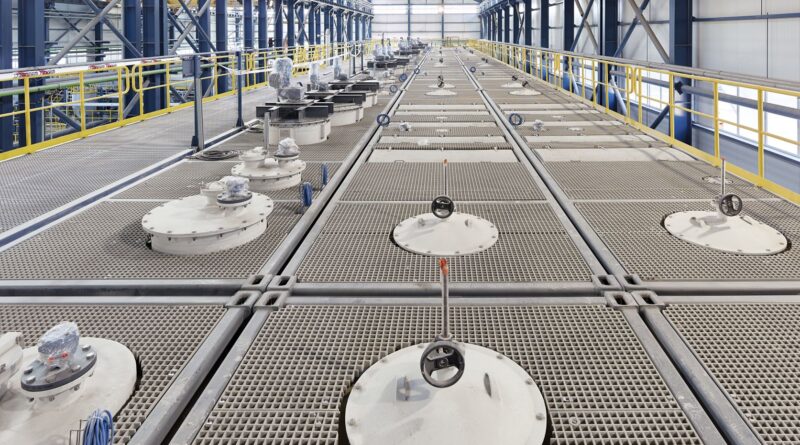Recycling and innovation are crucial to reducing emissions
Increasing the use of scrap is the simplest way to decarbonise. Electric arc furnace (EAF) production using scrap produces 30% of the Scope 1 and 2 emissions of blast furnace steel production. Likewise, aluminium produced from scrap uses a tiny fraction – 5% – of the energy that is required to make the primary metal.
But scrap is just one part of the solution. There are limits to the aluminium applications that can use scrap as feed. And only a small amount of scrap can be used in the steel blast furnace process. For EAFs, scrap metal isn’t always of the quality required, and there simply isn’t enough available to meet global demand. Improving collection infrastructure and recycling value chains will help.
Inert anode technology (aluminium electrolytic cells using none-carbon or inert anodes), hydrogen and carbon capture and storage are just some of the technologies that, once at more advanced stages of their development, will help both steel and aluminium to make significant strides to becoming greener.
Many of these technologies aren’t yet at a scale that is big enough to support these industries. But there are plenty of examples of investments in innovation.
The EU is set to be home to the world’s first fossil-free steel plant when Sweden’s Hybrit process starts late this decade, with the goal to have a completely fossil-free process by 2035. The plant will use hydrogen, direct reduced iron (DRI) and EAF technology that is powered renewably.
In Japan, coke oven gas hydrogen amplification and blast furnace injection, capable of reducing emission from blast furnaces by 30%, are being developed, and the new technology shows promise.
Over the coming decade, carbon capture, use and storage will play an essential role in green steel. It will be the only way to reduce steel sector emissions without completely rebuilding existing infrastructure before it reaches the end of its life.
And in the aluminium industry, various producers and research and development organisations are exploring inert anode technology. UC Rusal, Alcoa and Rio Tinto are developing or operating pilot cells, but none of them has yet reached commercial scale.
Nascent technologies will play a critical role in long term decarbonisation, but they will take decades to commercialise. Greater policy support will be needed to further incentivise their development.
While new technologies are maturing, a seismic shift away from traditional production methods will be a lengthy process. Every year, there is incremental progress. But decarbonisation for steel and aluminium is decades away.




